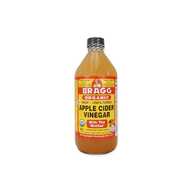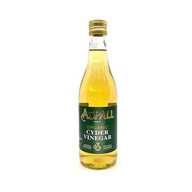Weight gain and menopause
One of the main symptoms many women struggle with during and after menopause is weight gain. It is coupled often with food cravings which can become a daily battle and cause feelings of guilt and shame.
Recent research indicates that menopausal women experience stronger blood glucose responses after eating foods high in starch and sugar. This means that eating something like bread or crackers will bring up blood sugars more quickly resulting in more pronounced highs and lows throughout the day. This is at the heart of cravings, especially for sugary foods and drinks.
What can we do to help balance blood glucose/sugars?
The main way to help is to look at your diet, especially carbohydrate and starchy foods – bread, potatoes, rice, pasta, and sugary treats like biscuits, cakes, chocolate, etc. Menopausal women can’t eat the same way as they did in their 30s or early 40s and carbohydrates are harder to process leading to problems like food cravings and weight gain. Choosing healthy options and watching portion sizes is a good start. We tend to overeat carbohydrates so cut back on daily choices.
Nutritionists agree that starting the day with a savoury breakfast instead of sweet cereals will also have a great effect on blood sugars. For example, eggs, avocados, and smoked salmon will not cause a rise in blood sugar and will keep you feeling full and satisfied for much longer. This can be a difficult change but is worth trying as it has a positive cascade effect throughout the day. Protein and fat, in general, are more satisfying as they create more balance around appetite and satiety.
The order of how we eat is also important – eat fibre foods like vegetables first, then protein like meat or fish and lastly the starch which is typically potatoes or pasta etc. Adding a tablespoon of apple cider vinegar to water and drinking it before meals is also a very effective way of helping with cravings. It can stop you from reaching for a bar after lunch or biscuits after dinner in the evening. It is key to always dilute the vinegar and drink it through a straw to protect the enamel on your teeth.
Diet and lifestyle factors
In terms of lifestyle, taking a ten-minute walk after eating will also help enormously. The muscles need to work as you exercise and use the glucose (sugar) from the meal so that it is not staying in the blood as long.
I also like to recommend adding cinnamon in to the diet for its blood sugar-balancing properties and you can use it in the spice form or by drinking a warming tea such as Pukka Licorice and Cinnamon or Pukka Original Chai.
If you are struggling with highs and lows throughout the day and feel strong sugar cravings, a supplement will be very helpful. You can use New Nordic Apple Cider Vinegar in tablet or gummie form as well as liquid. I also really like Patrick Holford Cinnachrome which combines cinnamon and chromium (a mineral that improves how insulin works and responds to sugar as well as helping with carbohydrate breakdown in the body).
The best approach is to look at diet choices firstly, reduce carbohydrates and eat protein at every meal and snack. Introduce cider vinegar to help with cravings and take a supplement to get the balance back in the body.
Blog written by Davina Downing Nutritional Therapist






